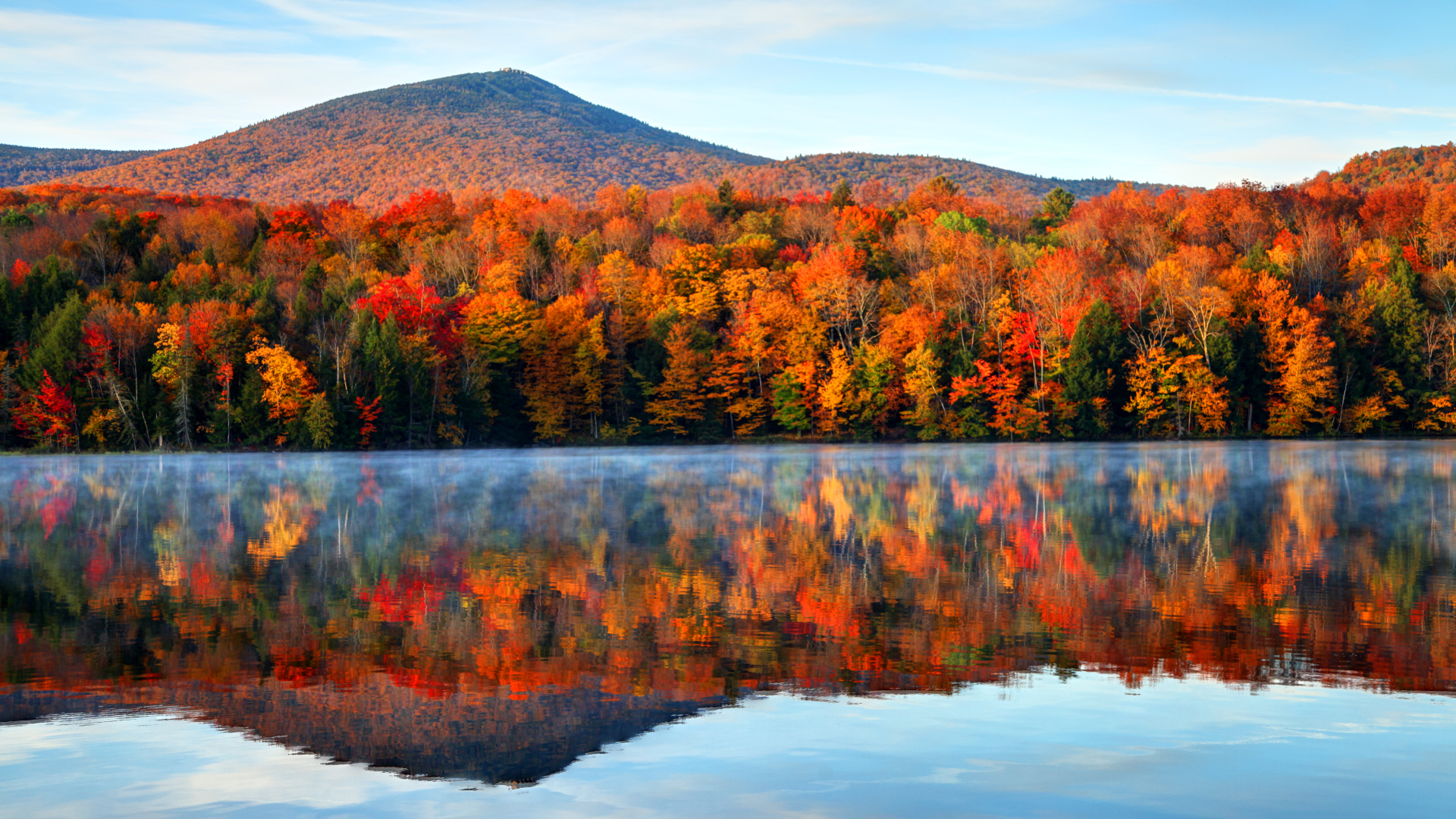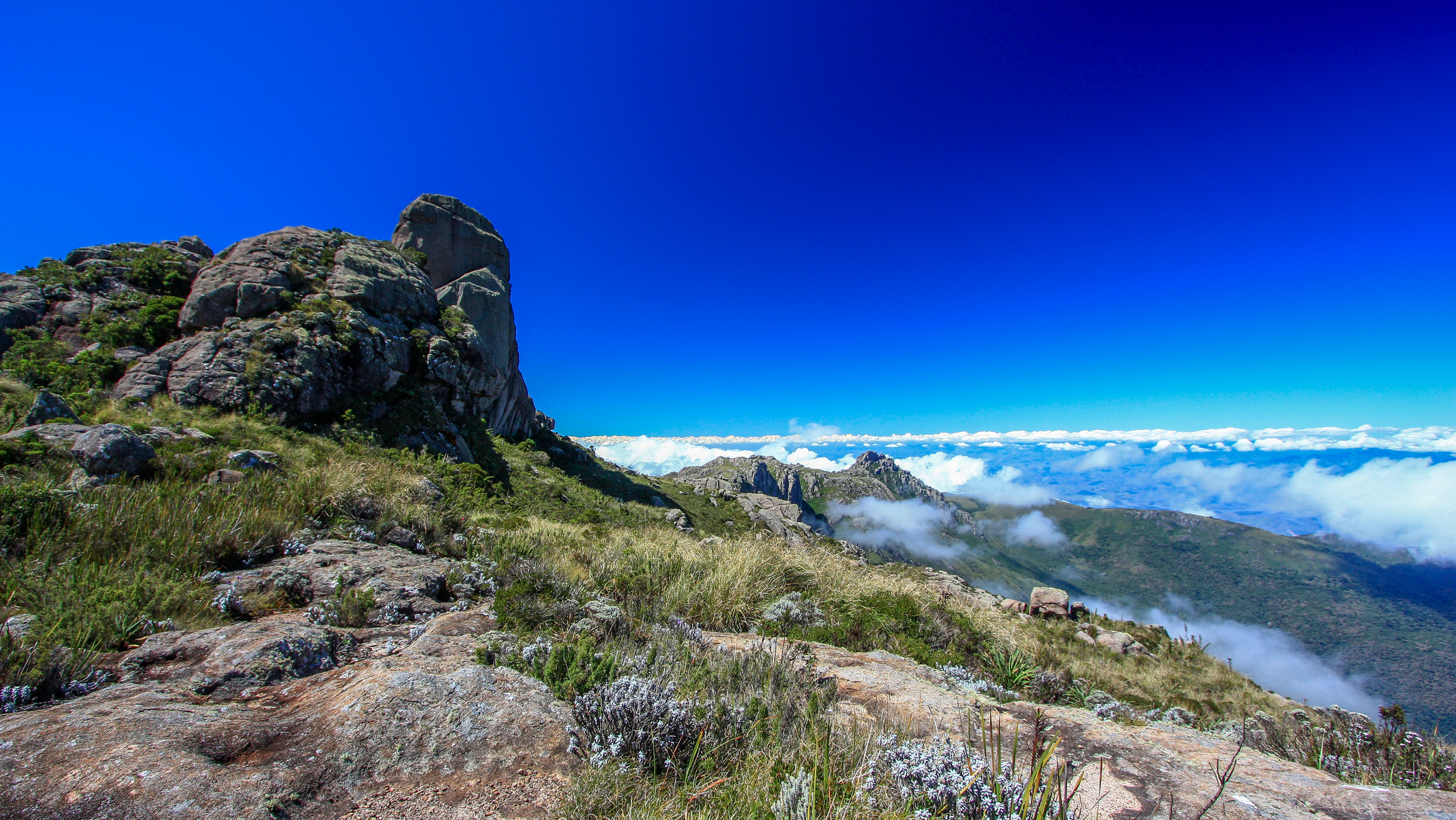Your complete guide to taking an active fall vacation
With milder weather, dry trails and zero crowds, we think autumn is the ideal time to take an active vacation

Sure, summer time is the traditional season to take an extended break and we’re not arguing with spending a couple of weeks at the beach in our water shoes, but those of us who love the outdoors know to save up a couple of vacation days for when fall arrives.
When I was growing up, every October my family and I sailed across the sea to Ireland for a week, where we could romp around in the green countryside and explore the west coast’s rugged beaches. Later, when I moved to Colorado, fall trips to Moab for hiking, rock climbing and exploring National Parks became an annual pilgrimage to recover from the busy summer period and get some respite before ski season arrived.
Basically, if outdoor activities like hiking, camping and rock climbing are your favorite things to do, autumn is the ideal time to do them. Read on to discover what’s so great about active fall vacations and some ideas for how to use up any leftover vacation days during the cooler months ahead. By the time you’re finished reading, you’re bound to be pulling your hiking boots and tent back out of storage for one last jaunt.

Why take an active vacation in the fall?
I know, I know, during summer time, the weather is fine and that’s why you want to get outdoors, plus if you have kids, it’s the most convenient time to get away. But let’s face it, summer travel can be overpriced, hot and overcrowded unless you’re going to some remote Alaska National Park, and even then, there are too many mosquitos.
Wait until September or October to take an active vacation, however, and you can enjoy a ton of great perks:
- The crowds are gone, thanks to kids returning to school.
- The bugs have disappeared and you can ditch the insect repellent.
- The weather is more comfortable for active adventures where you want to break a sweat.
- Flights, car rentals and lodging are all cheaper outside of peak summer season.
- The trails are mostly dry and still open.
Are there any downsides to a fall vacation?
I don’t think there are any downsides to crunching through crimson and golden leaves in the crisp fall air personally, but there are a few things to keep in mind. The weather is cooler and can be quite cold at night if you’re camping, while areas of high elevation may already be seeing snow.
The days are shrinking so you’ll want to plan for shorter hikes and carry a headlamp. It is hunting season in many places so you’ll need to make yourself visible on the trail. Some waterfalls have dried up altogether. Also, some amenities like lodging, campgrounds and restaurants may have closed for the season, so if you’re planning on making the most of some modern conveniences, you may end up disappointed.
Advnture Newsletter
All the latest inspiration, tips and guides to help you plan your next Advnture!
You can learn more in our articles on fall hiking and late season camping, but basically these characteristics aren’t downsides, they’re just elements of active fall vacations that it’s good to be aware of, and prepared for.

Active fall vacations: what to do?
Pretty much any active vacation is fair game in the fall, from backpacking to beach camping, but there are a few ideas that can be extra special come the autumn months.
1. Go leaf peeping
Leaf peeping is an informal term used in New England to describe the activity of viewing the changing colors of fall foliage. Though it’s not limited to New England, those six states are best known for their vibrant fall colors, thanks in part to the abundance of sugar maple trees that thrive there, delivering brightly colored fall foliage starting in September each year and lasting until November in some parts.
It’s a splendid time to go hiking in Vermont and surrounding areas, while you can also enjoy fall colors in locations that are great for outdoor adventure like Colorado, North Carolina and the Upper Peninsula. If you want to combine your fall vacation with a National Park, check out the best National Parks for fall colors.

2. Visit a National Park
Speaking of National Parks, let’s be honest – they’re an absolute mecca for any outdoor adventurer, but these days they’re just so busy. It’s best to stay away from all but the least crowded National Parks in the summer months, but the crowds do thin out substantially come the fall when the kids go back to school, even in popular spots like Yosemite.
If there’s a popular National park you’ve always wanted to visit, like Great Smoky Mountains or Zion, go now. You might actually be able to make a reservation at a campsite or a cabin and the trails will be far less congested.
3. Head to the desert
America's extensive desert terrain makes a fantastic playground for outdoor adventures, whether you’re exploring the badlands of Death Valley National Park or the towering sandstone columns just outside of Las Vegas. The problem with the desert, however, is that in summer, it’s too hot to set foot in.
Wait until fall and you can experience some divine weather in the desert, with mild-to-warm days and chilly overnights. It’s ideal for exploring the hiking trails of Utah’s National Parks and Joshua Tree as well as canyoneering and rock climbing. Just make sure you read our guides on desert hiking and camping in the desert so you know exactly what you’re getting yourself into.

4. Commune with wildlife
If you’re a wildlife fanatic, autumn can be a great season for wildlife viewing since many animals are really active in preparation for winter. This could mean bringing your binoculars along on any vacation to spot some birds flying south, heading north to Alaska to catch the bears in Katmai fattening up for winter, or getting yourself to Rocky Mountain National Park in Colorado or Yellowstone to enjoy elk rutting season. Whatever you do, just make sure you observe wildlife safety.
5. Go trekking
Fall might not be a great time to start a thru-hike on the Appalachian Trail, and doing so definitely wouldn’t be considered a vacation anyway, but if a long walk is your idea of a great vacation, there are a couple that are lovely in the fall.
Head to Vermont and hike some of the 273-mile Long Trail, the oldest long-distance trail in the US. If you’re feeling like going further afield, you can hike the 96-mile West Highland Way in Scotland in around five days and enjoy nice weather and zero crowds, or hike around the Mont Blanc Massif in the Alps on the same 97-mile trail that forms the UTMB course.
Of course, you can hike a section of pretty much any long distance trail you like. Check out our guide to US National Scenic Trails for some inspiration.

What should you pack for an active fall vacation?
Your kit list depends a bit on what you’re doing, but basically any time you’re heading outdoors you’ll want to bring the hiking essentials. Because you could be looking at cooler or more wet weather, depending on where you’re going, don’t forget the following:
- Base layers and thermal leggings made from merino wool.
- Extra hiking socks.
- Hat and gloves.
- Cozy mid layers like a fleece jacket or gilet.
- A down jacket for chilly evenings.
- A waterproof jacket and rain pants.
Julia Clarke is a staff writer for Advnture.com and the author of the book Restorative Yoga for Beginners. She loves to explore mountains on foot, bike, skis and belay and then recover on the the yoga mat. Julia graduated with a degree in journalism in 2004 and spent eight years working as a radio presenter in Kansas City, Vermont, Boston and New York City before discovering the joys of the Rocky Mountains. She then detoured west to Colorado and enjoyed 11 years teaching yoga in Vail before returning to her hometown of Glasgow, Scotland in 2020 to focus on family and writing.

